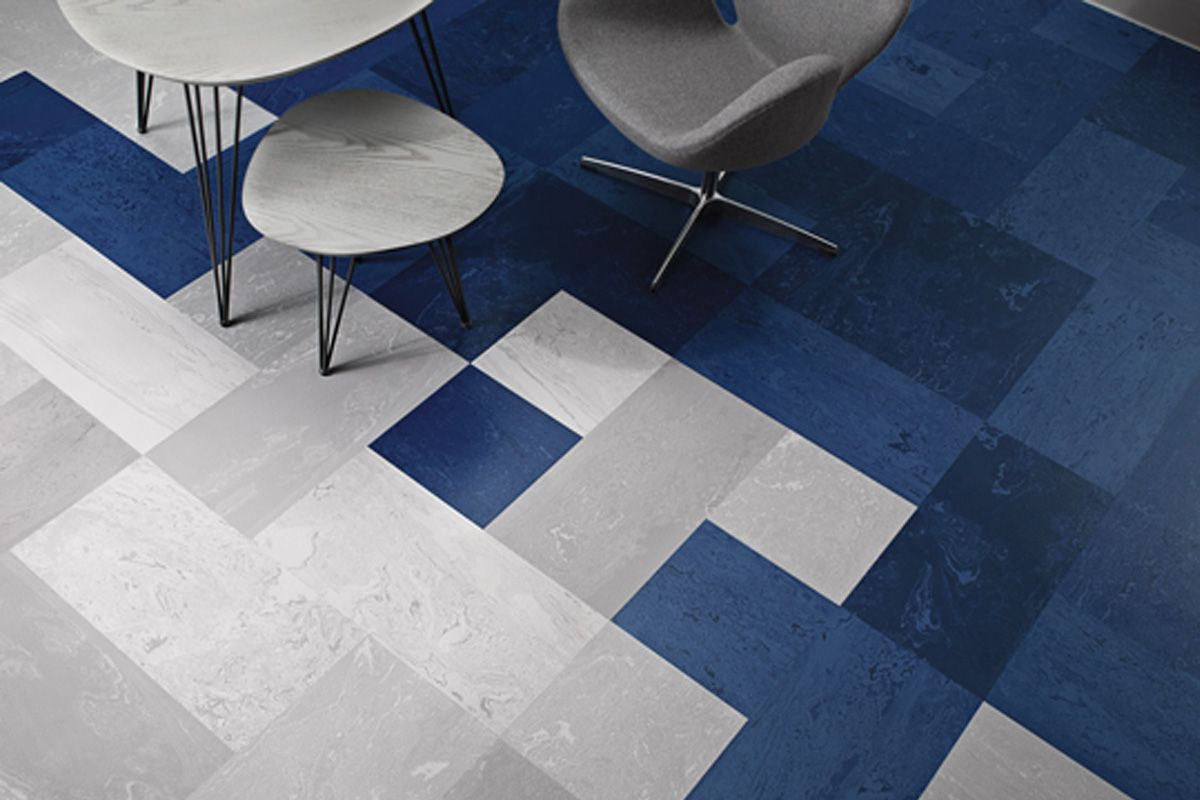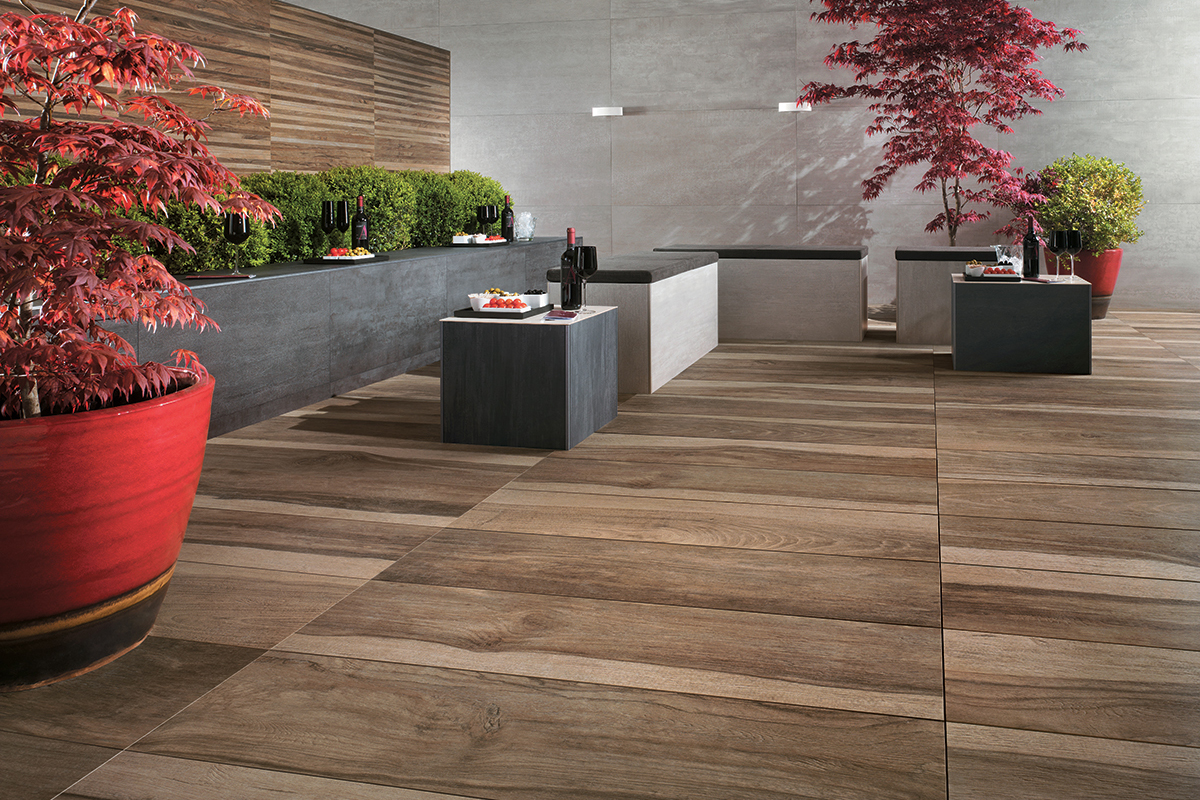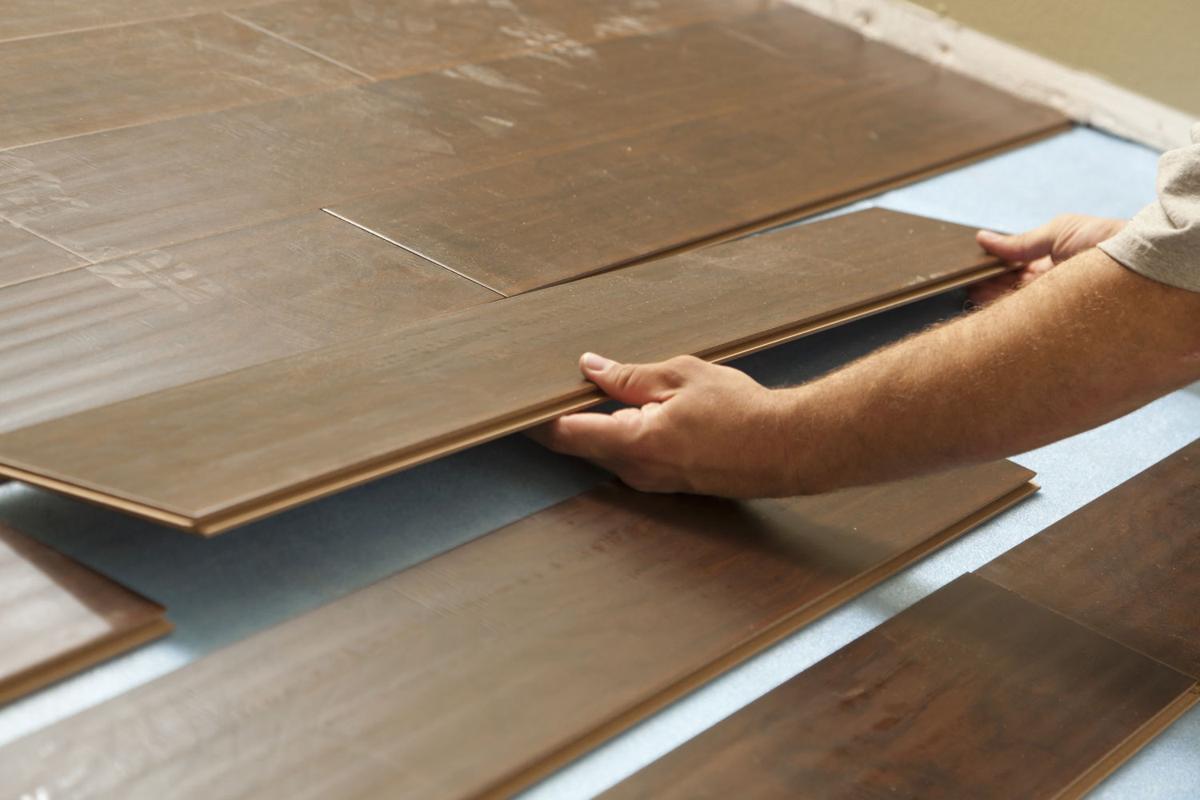If you’re thinking about installing new rubber flooring in your house or place of business, you will need to decide whether to use rubber rolls vs. rubber tiles for your project. Here are some of the pros and cons.
The two primary rubber flooring types utilized in home and commercial applications are interlocking tiles and simple rolls. Each product serves a certain function and is preferred over the other in some applications, although they are very similar in terms of their attributes and characteristics. Making the greatest decision and buying the best product for your needs will be made easier for you if you are aware of the differences between the two.
It would be best if you first comprehended the benefits and downsides of rubber floor tiles and rubber floor rolls in order to choose between them wisely for your flooring. So let’s examine the benefits and drawbacks of the two rubber flooring options:

Rubber Flooring Tiles: Pros and Cons
Rubber flooring tiles are wonderful for a wide range of uses and appropriate for practically any workout environment because they are durable, inexpensive, and simple to install. They fit any place and are incredibly simple to assemble by clicking like puzzle pieces. They may also be added at any moment. Additionally, they look excellent and perform well:
It provides good cushioning and shock absorption, ensures stability, has a firm grip, can withstand heavy loads and high-impact exercises, and feels soft and pleasant underfoot. Rubber is also incredibly strong and resilient.
Rubber floor tiles are available in a wide range of textures and colors, allowing you to select the ideal tones and shades to complement your interior design, add some flair to the room with unique colors and patterns, or keep it straightforward with solid colors. The most popular rubber floor tiles are dark in hue with scattered color flecks that resemble confetti.
Virgin rubber, synthetic rubber, and recycled rubber can all be used to create rubber floor tiles. Although they are frequently offered as squares, they can be cut into a variety of sizes and forms to best match your space. Thanks to the extremely tight seams, the floor will look smooth and unified with no sharp edges.
Additionally, you can select from a range of thicknesses and densities. The most typical thickness for rubber tiles is 8 mm. Thicker flooring is required in weight rooms and fitness facilities to better protect the subfloor from heavy machinery and fallen dumbbells or other weights.
All things considered, interlocking rubber tiles are a fantastic flooring option and have a number of significant advantages.

Advantages of Rubber Floor Tiles
Rubber tiles provide a variety of unique advantages in addition to the properties of rubber flooring in general (strength, durability, shock and sound absorption, ease of maintenance, aesthetic appeal, eco-friendliness, etc.):
Resistance to challenging exercises and heavy traffic
a variety of stylistic possibilities
Because of their interlocking shape and small weight, they install quickly and easily.
No glue is needed.
In the event of damage, only one component, rather than the entire floor, needs to be replaced.
Simple to remove, store, and use again in another place
Rubber floor tiles offer a surface that is ideal for use in demanding conditions that is secure, long-lasting, high-performing, attractive, and easy to clean. However, these benefits are offset by a few disadvantages that you should be aware of before deciding on your flooring.

The drawbacks of rubber flooring tiles
The following are the main drawbacks of rubber tiles:
Installation takes a long time in larger areas.
There may be some gaps in the floor’s appearance.
When wet, smooth, untextured rubber tiles become slick because of seams that can allow water to penetrate the subfloor.
In the initial several months after installation, there was a rubbery odor.
Rubber rolls maybe even more suitable for your flooring needs than rubber flooring tiles, though.

Rolls of Rubber Flooring: Good and Bad
Commercial gyms prefer rubber rolls as their flooring material. They are ideal for heavy traffic areas and big rooms that see a lot of activity because they are incredibly resilient and affordable. Rolled rubber flooring can perfectly match the theme of the sports facility and provides a sophisticated, seamless look (when built properly, it is practically difficult to tell where one roll ends and another begins). Although most rubber rolls have a black foundation and colored flecks, several creative variations are available for a more distinctive and up-to-date appearance.
Four-foot broad by fifteen- to fifty-foot-long sheets of rubber are used to make rolls. Thin rubber rolls can withstand bodyweight exercises, medium thickness is appropriate for all-purpose gyms, and thicker rolls are ideal for CrossFit, powerlifting, and other high-impact activities (high-impact rubber rolls are specifically designed to protect both the athletes’ joints and the flooring).
Large and weighty rubber floor rolls often require glue or tape-down installation to offer a secure workout surface. Compared to rubber tiles, they produce a more durable flooring alternative.

Benefits of Rolls of Rubber Flooring
In addition to the advantages of rubber flooring products already described, rubber rolls also provide the following additional benefits:
incredibly robust and appropriate for high-impact activities
easier installation in vast areas (only a few rolls can totally cover a large area);
a stable fit (the glued-down flooring system is locked in place)
uniform appearance
greater resistance to water
low price
For high-intensity gyms and high-traffic areas, rolled rubber flooring is safe, sturdy, and simple to maintain.

Cons of Rolls of Rubber Flooring
Rubber rolls provide a number of benefits, but they also have several significant disadvantages:
Compared to interlocking rubber tiles, which are heavy and challenging to install (professional installation is recommended for best results)
Unstable when wet
distinct smell (though it usually goes away with time)
fire problems (the adhesives used in the installation process are susceptible to fire)
Additionally, color fleck rubber products (both tiles and rolls) must be stored out of direct sunlight because they are not UV-stable.

How to Pick Rubber Flooring Between Rolls and Tiles
Knowing the advantages and disadvantages of rubber flooring tiles and rolls should make choosing the best option for your flooring needs easier.
Choose tiles if you require rubber flooring for a compact area. Interlocking rubber tiles, renowned for their simplicity and adaptability, are ideal for home gyms, small exercise studios, weight rooms, locker rooms, and any other situations that call for portable gym flooring.
Rubber rolls are a great choice if you’re searching for a more long-lasting flooring solution for a bigger space. They are perfect for commercial gymnasiums and other high-traffic areas that need strong, long-lasting flooring.











Your comment submitted.